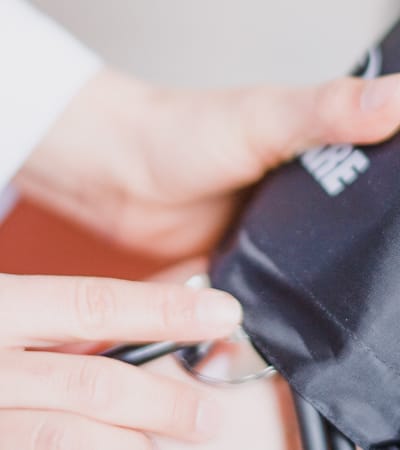Accessory Navicular Syndrome
Causes
An accessory navicular is congenital, which means it is present at birth and not part of normal bone structure. The accessory navicular will form as the foot bone develops. In normal cases, the navicular is the formation of two pieces of bone that fuse together. When the two bones do not fuse, they become separate bones that can pull tendons and cause a bump that rubs against shoes.
Symptoms
Symptoms of accessory navicular syndrome are felt on the inner side of the foot. A swollen bump will often form that can cause pain or throbbing in the midfoot and arch. Pain is more pronounced during and after activity. Symptoms usually appear in adolescence when the bones are maturing.
Diagnosis
Physicians will review symptoms and medical history in order to diagnose accessory navicular syndrome. An examination of the foot will also be performed to identify swelling, discomfort, and range of motion. X-rays may also be used to confirm the diagnosis.
Treatment
Treatment varies depending on severity. In most cases, anti-inflammatory medications, corticosteroid injections, and arch support will relieve pain. A walking boot may also be used to allow the foot to rest and reduce inflammation. Physical therapy is effective in strengthening muscles and reducing inflammation. Surgery to remove the extra bone may be required if conservative treatments are ineffective.




